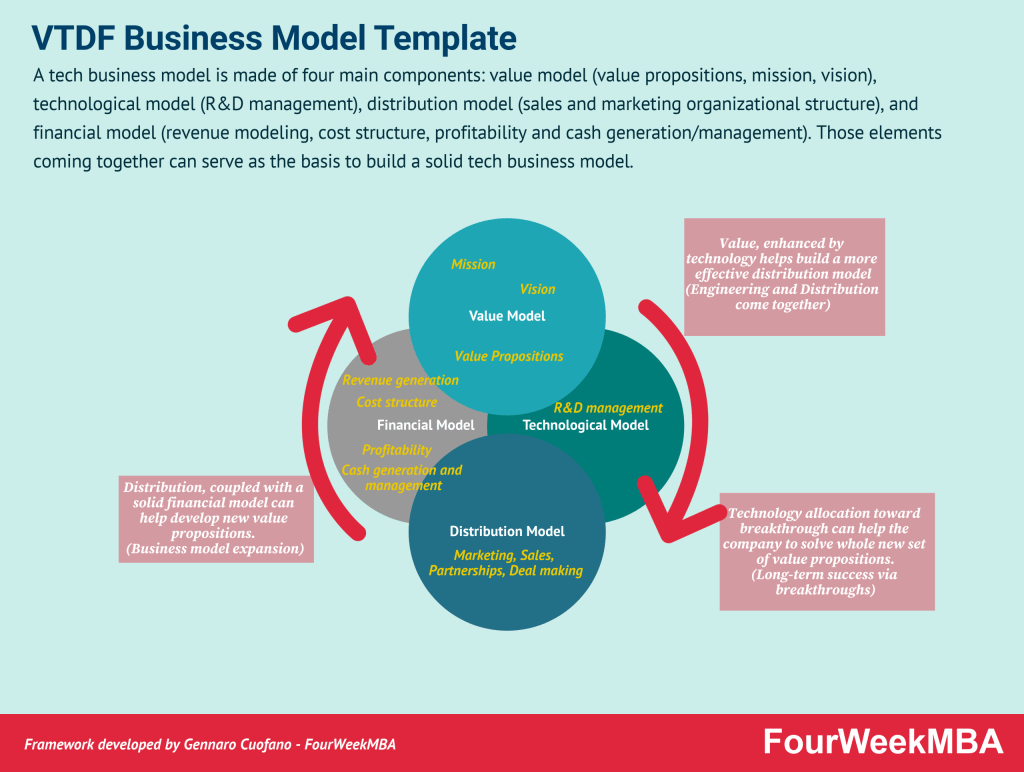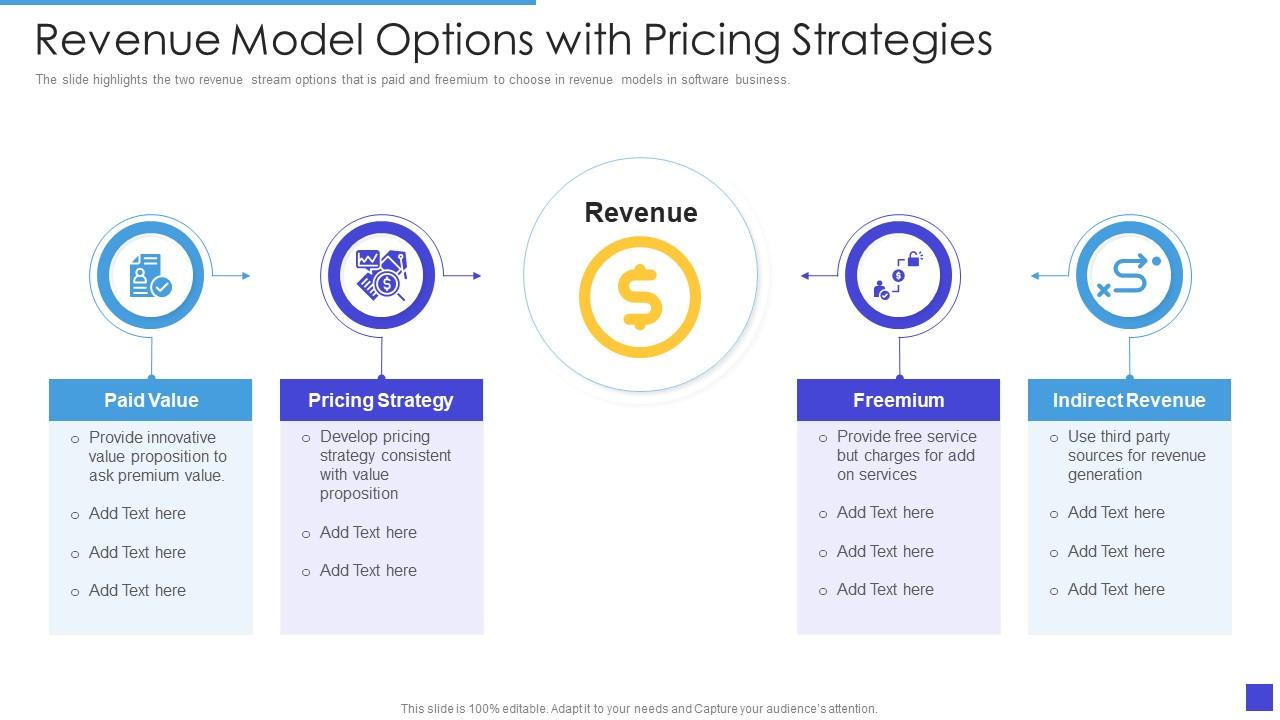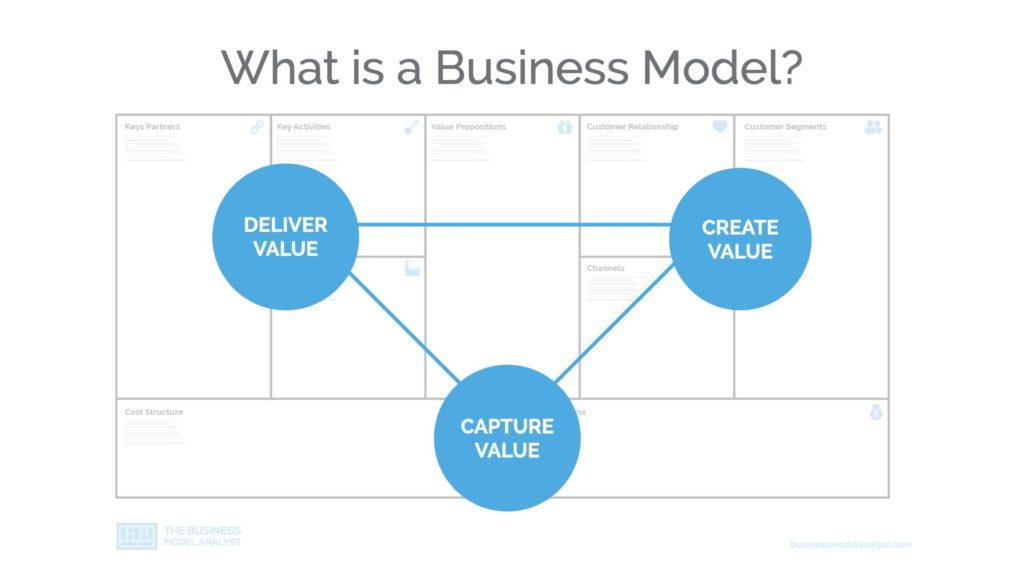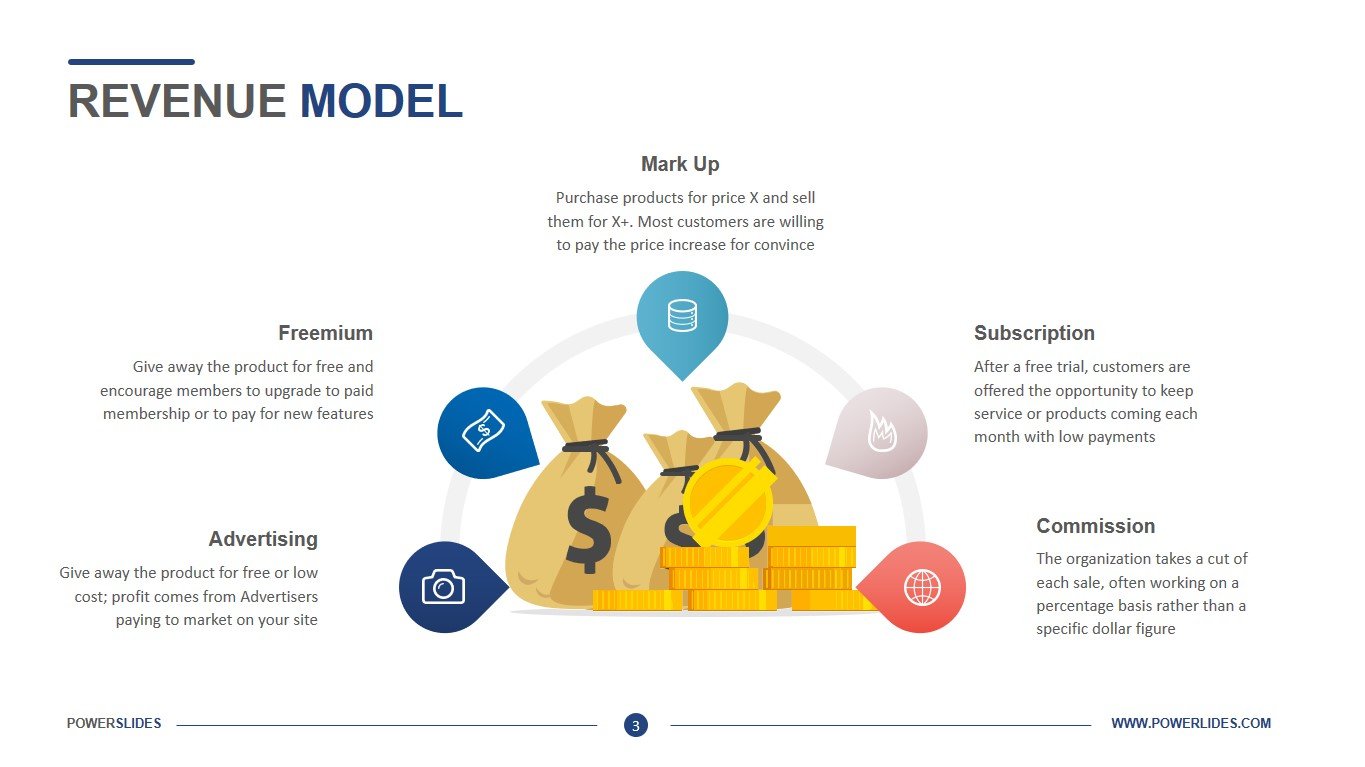Rumble is an emerging video-sharing platform that’s gaining traction as an alternative to mainstream giants like YouTube. Founded in 2013, Rumble aims to provide a user-friendly space for creators to share their content without heavy censorship. With its growing audience and focus on free speech,
Overview of Rumble's Revenue Streams

Rumble’s revenue model is fascinating and multifaceted, designed to support creators while also generating income for the company. Here’s a closer look at the primary revenue streams that Rumble leverages:
- Advertising Revenue: Just like other video platforms, Rumble generates revenue through advertisements. They offer various ad formats, including pre-roll, mid-roll, and banner ads. This allows brands to reach targeted audiences effectively while providing creators with a share of the ad revenue. Rumble's approach to advertising is often seen as more creator-friendly compared to its competitors.
- Subscription Services: Rumble has introduced a subscription-based model where users can pay for premium content. This includes exclusive videos, live-streaming events, and ad-free viewing experiences. Creators can set their subscription prices, giving them control over monetizing their content directly from their fans.
- Licensing and Partnerships: Rumble often partners with various media outlets to license their content. This not only boosts Rumble’s visibility but also generates substantial revenue. For instance, they have collaborated with news organizations and other digital platforms to feature viral content, ensuring that creators benefit while Rumble expands its reach.
- Creator Monetization Programs: Rumble has established programs that allow creators to monetize their videos through various means, such as sponsorships and merchandise sales. These programs encourage creators to produce high-quality content while ensuring they receive fair compensation for their efforts.
- Live Streaming: With the rise in popularity of live streaming, Rumble has tapped into this trend by offering creators the ability to host live events. This service can be monetized through ticket sales or sponsorships, creating an additional revenue stream that appeals to creators looking to engage their audience in real-time.
By diversifying its revenue streams, Rumble not only supports its creators but also positions itself as a strong competitor in the video-sharing market. As the platform continues to grow, its innovative strategies and commitment to creator empowerment will likely play a crucial role in its future success.
Also Read This: Where to Watch Rumble Fish Online? Streaming Options
3. Advertising Revenue: How Rumble Monetizes Content

Rumble has carved out a unique niche in the world of video sharing platforms, and a big part of its appeal lies in its advertising revenue model. Unlike some competitors who heavily rely on algorithms that can often penalize content creators, Rumble takes a more creator-friendly approach.
How Does It Work? Rumble allows advertisers to place ads on videos, and creators earn a share of the advertising revenue based on the views their content generates. This means that the more engaging and popular the content, the more money both Rumble and the creators can make. It’s a win-win situation!
Here are some key points about Rumble's advertising revenue approach:
- Direct Partnerships: Rumble often collaborates directly with brands to create tailored advertising experiences, ensuring that the ads are relevant to the audience.
- Transparent Revenue Sharing: Unlike many platforms, Rumble offers clear terms on how revenue is shared, which builds trust with its creators.
- Diverse Formats: Rumble supports various ad formats, including pre-roll, mid-roll, and banner ads, allowing advertisers flexibility in reaching their target audience.
One interesting example is Rumble’s partnership with smaller brands looking to tap into niche markets. These brands often find that traditional advertising channels are too costly or ineffective. By advertising on Rumble, they can connect with specific audiences who are genuinely interested in their products.
Another noteworthy aspect of Rumble's advertising strategy is its commitment to not censor content. This attracts creators who might feel stifled on other platforms, leading to a rich variety of content that attracts diverse viewers. More content means more potential ad revenue, creating a cycle of growth that benefits everyone involved.
Also Read This: Who Survived the Rumbling in Attack on Titan
4. Subscription Services: The Role of Premium Memberships

In addition to advertising revenue, Rumble has embraced subscription services as a key part of its business strategy. Premium memberships allow dedicated fans to support their favorite creators directly while enjoying exclusive content and features.
What Do Premium Members Get? For a monthly fee, premium members gain access to a range of benefits:
- Exclusive Content: Members can enjoy content that is not available to regular users, including behind-the-scenes footage, member-only live streams, and special series.
- Ad-Free Experience: Premium subscriptions often provide an ad-free viewing experience, making it easier and more enjoyable for users to consume content.
- Enhanced Interaction: Premium members may have more opportunities to engage with creators through Q&A sessions or exclusive forums.
This model doesn’t just benefit the viewers—it’s also a significant revenue stream for creators. Rumble allows creators to keep a substantial percentage of the subscription fees, which incentivizes them to create high-quality content that resonates with their audience. This setup not only empowers creators but helps foster a loyal community.
Moreover, Rumble’s subscription model has proven to be quite adaptable. For example, during special events or trending topics, creators can launch limited-time subscription content that capitalizes on current viewer interest. This agility gives both creators and Rumble a competitive edge.
In conclusion, by combining advertising revenue with robust subscription services, Rumble is positioning itself as a versatile platform that caters to both creators and viewers. Its innovative revenue strategies reflect a deep understanding of the digital content landscape, ensuring its growth and sustainability in the ever-evolving market. As Rumble continues to expand, it will be fascinating to see how these models evolve further!
Also Read This: Does Rumble Have Music Videos? A Guide to Music Video Content on the Rumble Platform
5. Partnerships and Collaborations: Expanding Revenue Opportunities

Partnerships and collaborations play a crucial role in any business strategy, and Rumble is no exception. By aligning with key stakeholders, Rumble can create a symbiotic relationship that benefits both parties. So, how does this work in practice? Let's dive in!
One of Rumble's significant partnerships has been with content creators who bring their audience along for the ride. By offering competitive revenue-sharing models, Rumble incentivizes creators to produce exclusive content for the platform. This not only attracts more users but also enhances the variety of content available. Creators like Dan Bongino and Steven Crowder have found a welcoming home on Rumble, further solidifying the platform's position in the alternative media space.
Moreover, Rumble has strategically collaborated with companies that support its mission of free speech and independent content. For example, partnerships with tech firms provide Rumble with the tools necessary to enhance user experience, including improved streaming capabilities and content discovery algorithms. These collaborations allow Rumble to operate smoothly and efficiently, appealing to both creators and viewers alike.
Another noteworthy initiative is Rumble's involvement in the Odysee blockchain. By integrating with this decentralized platform, Rumble expands its revenue model by offering unique monetization options for users through cryptocurrency. This not only attracts tech-savvy users but also taps into a growing trend in digital currency, widening the revenue stream further.
In conclusion, Rumble's approach to partnerships and collaborations is multifaceted and strategic. By leveraging relationships with content creators and tech firms, and venturing into the world of blockchain, Rumble is poised to expand its revenue opportunities significantly. As the platform continues to grow, these partnerships will likely evolve, creating even more avenues for monetization.
Also Read This: How to Use Character Tickets in My Hero Ultra Rumble: A Complete Guide
6. Comparative Analysis: Rumble vs. Competitors
When analyzing Rumble's business strategy, comparing it to competitors like YouTube, TikTok, and Vimeo provides valuable insights. Each platform has unique offerings, but Rumble stands out in several key areas.
| Feature | Rumble | YouTube | TikTok | Vimeo |
|---|---|---|---|---|
| Monetization Options | Ad revenue, subscriptions, tipping | Ad revenue, memberships, Super Chat | Brand partnerships, ads | Subscriptions, pay-per-view |
| Content Focus | Independent, alternative media | Diverse, mainstream | Short-form, viral content | Creative, professional |
| User Freedom | High (free speech focus) | Moderate (content regulations) | Moderate (content guidelines) | High (creative control) |
| Audience Demographic | Conservative, independent thinkers | General audience | Gen Z, younger audiences | Creative professionals |
From this comparison, one clear advantage of Rumble is its commitment to free speech, which resonates strongly with its target audience. Unlike YouTube, which has faced criticism over censorship and content moderation policies, Rumble positions itself as a platform for all voices. This unique selling point not only differentiates Rumble in a crowded market but also helps to build a loyal community.
Furthermore, while TikTok thrives on short, viral content, Rumble focuses on long-form videos, making it appealing for users looking for in-depth discussions and analyses. Vimeo, on the other hand, caters predominantly to creatives seeking a professional outlet, which attracts a different audience altogether.
In essence, Rumble's niche focus on alternative media, coupled with a strong revenue model and commitment to user freedom, sets it apart from its competitors. As the platform continues to evolve, understanding these dynamics will be crucial for both creators and investors interested in the future of digital media.
Also Read This: When Do Royal Rumble 2024 Tickets Go on Sale? Ticketing Information
7. Future Prospects: Rumble’s Growth and Revenue Potential
As we look ahead, Rumble's future prospects appear both exciting and challenging. With the digital landscape constantly evolving, Rumble has the opportunity to carve out a unique niche. Their commitment to promoting free speech and prioritizing content creators has attracted a dedicated user base, but how will this translate into sustainable revenue?
One of the most significant factors contributing to Rumble's growth potential is its expanding user base. With the ongoing push for alternative platforms that provide a voice outside mainstream media, Rumble has seen an influx of content creators and viewers. According to recent statistics, Rumble reported a 200% increase in user sign-ups in the past year alone. This surge is not just a flash in the pan; it signifies a growing demand for diverse viewpoints.
Additionally, Rumble is exploring several monetization strategies that could bolster its revenue streams:
- Advertising Revenue: As more users flock to the platform, advertising could become a lucrative avenue. Rumble’s focus on targeting ads to specific demographics will enhance advertiser appeal.
- Subscription Services: Plans for premium subscriptions could include exclusive content, ad-free viewing, or enhanced creator features. This model could draw in serious fans willing to pay for additional perks.
- Partnerships and Sponsorships: Collaborating with brands that align with their values can create new revenue opportunities while maintaining authenticity.
However, Rumble must also navigate its challenges. With competition from established platforms like YouTube and emerging platforms, staying relevant requires constant innovation. Maintaining user engagement will be vital; this means introducing new features that resonate with both creators and viewers. For instance, the potential introduction of live streaming capabilities could attract a broader audience and enhance community interaction.
Moreover, evolving content regulations could impact how Rumble operates. Balancing free speech with responsible content moderation will be crucial as they seek to grow. If they can successfully manage these aspects, Rumble’s future looks promising, not just in terms of user numbers but also in revenue generation.
8. Conclusion: Evaluating Rumble's Business Strategy
In conclusion, analyzing Rumble's business strategy reveals a platform that's built on a foundation of bold principles and a clear vision. By prioritizing user engagement and creator freedom, Rumble distinguishes itself in a crowded marketplace. However, the road ahead will require strategic agility and adaptability to remain competitive.
Rumble’s focus on monetization through diverse channels is a smart move. Utilizing advertising, subscriptions, and partnerships gives them multiple avenues to explore. This diversification can be particularly beneficial in uncertain economic climates where reliance on a single revenue stream can be precarious.
Moreover, the emphasis on creating a platform for free expression resonates with a significant segment of users who feel disenfranchised by mainstream platforms. This unique positioning could lead to a loyal community that not only consumes content but actively participates in its creation, driving further growth.
However, Rumble must tread carefully. The balance between fostering free expression and ensuring a safe environment is delicate. Their approach to content moderation will be scrutinized, and how they handle controversial content will shape their reputation and growth.
Ultimately, Rumble's success will depend on its ability to adapt, innovate, and listen to its community. With the right strategies in place, Rumble could very well emerge as a formidable player in the digital content arena, proving that there’s room for alternative voices in today’s media landscape.
 admin
admin








